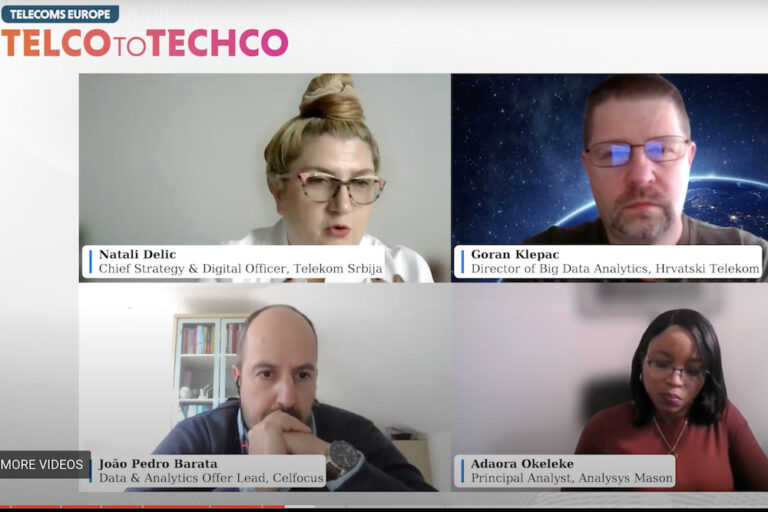‘AI-less’ Apple still holding its own as consumers warm to AI hype, but for how long?
Smartphone sales in Europe, the US, and Australia experienced significant growth in Q1 2024, indicating robust demand across all markets, according to analyst firm Kantar. In Europe’s top 5 markets, France, Germany, and Great Britain all experienced double digit % growth. Apple’s iPhone15 remains the top selling model, accounting for 5% of all smartphones sold.
Meanwhile, Samsung remains the top selling Android brand, with the Galaxy S24 series accounting for 6% of all sales. Honor experienced strong growth in France and Spain. Xiaomi was number 1 in Spain, up +4% share YoY. Overall, for Europe, the top 5 handsets were iPhone 15, Galaxy A14 5G, Galaxy A54, iPhone 15 Pro Max and iPhone 13.
Samsung’s Galaxy S24 series, featuring artificial intelligence (AI) capabilities, resonated well with consumers, contributing to Samsung’s continued dominance in the Android market. Kantar, with its ComTech consumer mobile phone tracking panel, has already started tracking the trend of how consumers are becoming more receptive to AI messages from their suppliers and it looks like although consumers don’t really understand what is and isn’t AI-based on their handsets, they are willing to give operators and handset manufacturers the benefit of the doubt on AI-based features.
What impact has AI had on consumer behaviour?
Samsung announced that ‘Galaxy AI is here’ alongside the launch of the Galaxy S24 Series in January. Apple is rumoured to be partnering with Google to embed Gemini AI into iPhones – or is imminently signing up OpenAI as a partner, depending on who is spinning the stories. Kantar said it already sees AI contributing to brand loyalty and improved ASPs.
Across the European 5 and USA, 24% of Galaxy S24 series buyers cite ‘AI’ as a key reason why they chose their phone. Amongst consumers that are driven to purchase by AI, 27% are Gen Z; hardly surprising, say Kantar, as current AI use cases largely align with this highly sought after demographic, from circling a desired product in a TikTok video, to condensing notes scribed in a university class.
It looks like convincing consumers of the benefits that AI can bring will help manufacturers and operators acquire more valuable consumers, too. Kantar’s research indicates that Galaxy S24 buyers who identified AI as a key reason for their choice were more likely to have owned a previous Samsung device vs those that were not influenced by AI, (93% vs 87%). As smartphone sales growth remains restricted, installed base retention is more important than ever. AI is also driving higher ASPs, with 70% of AI-interested consumers spending €800+ on their device, versus 55% of those for whom AI was not relevant.
“Following a sustained period of stalled hardware innovation, AI will be the next differentiator for smartphone manufacturers,” said Kantar ComTech global consumer insights director Jack Hamlin. “The technology presents two distinct growth opportunities. Firstly, driving greater volume and value of smartphone sales. Secondly, through monetising the installed base via subscriptions to access unique capabilities.”
All eyes on Apple at WWDC
While Apple indicated the smartphone market had stabilised in its recent Q3 results, CEO Tim Cook was name-dropping AI into his commentary raising expectations that something may be announced at the company’s WWDC in June. He told investors the company wasn’t planning to build new data centres to run or train AI models and would instead stick to a “hybrid” approach similar to how it manages clouds services.
He was also at pains to emphasise AI will impact all of Apple’s products, not just iPhones. “I think AI – generative AI and AI – both are big opportunities for us across our products, and we’ll talk more about it in the coming weeks,” he said. Apple obviously already utilises AI in the background to improve user experience – from smart battery utilisation to image stabilisation – but they no doubt want to avoid the mobile sales shop manager saying “That Samsung has AI, the iPhone doesn’t” given how receptive younger consumers are to such messaging.
On the digital personal assistant front, Siri trails alternatives and AI will only make this worse. Now, all big ecosystems are pressured to offer gen AI to their consumers or face them deserting to another brand. In addition, most bots are cloud-based as well in contrast to Siri.












